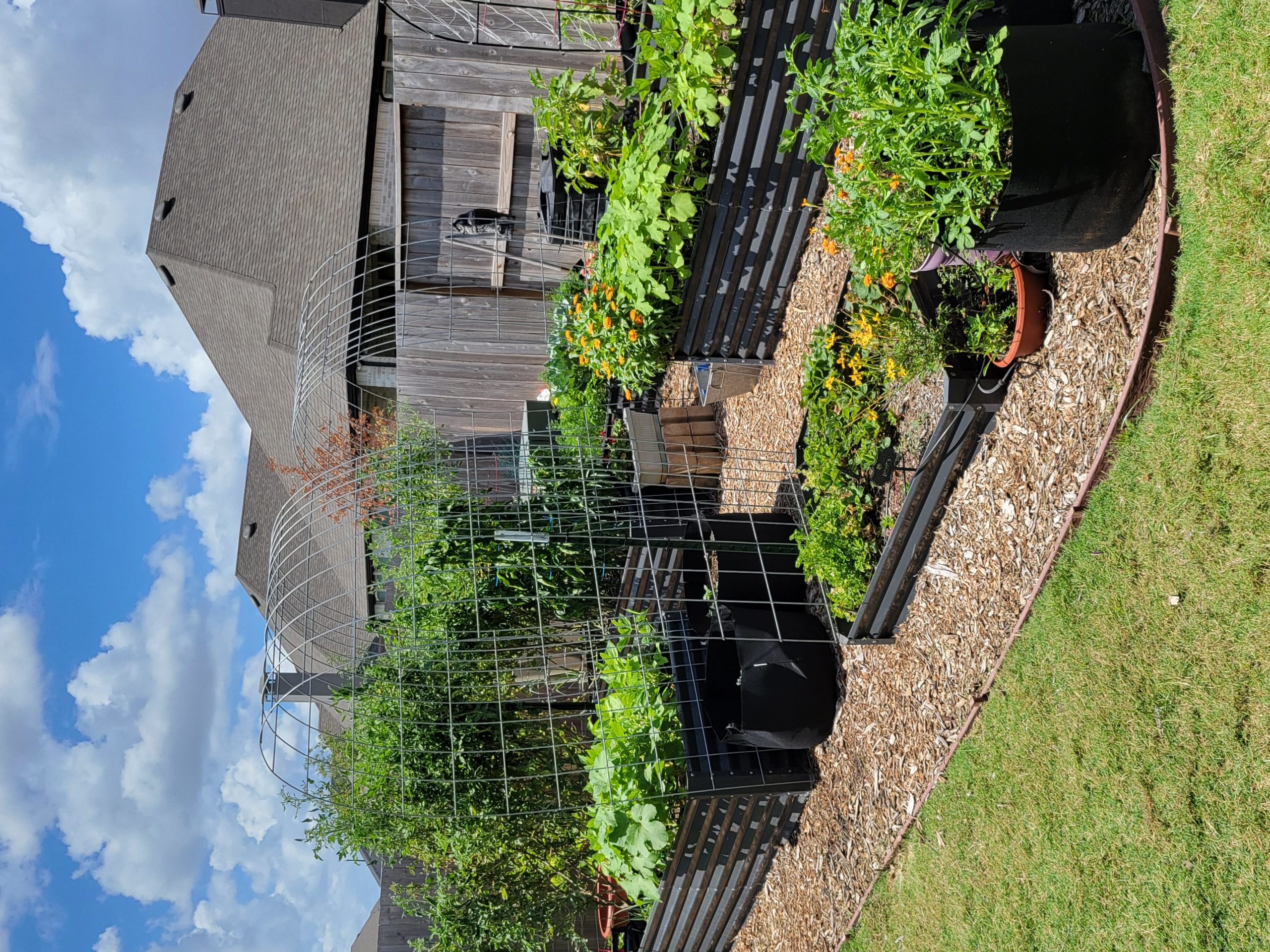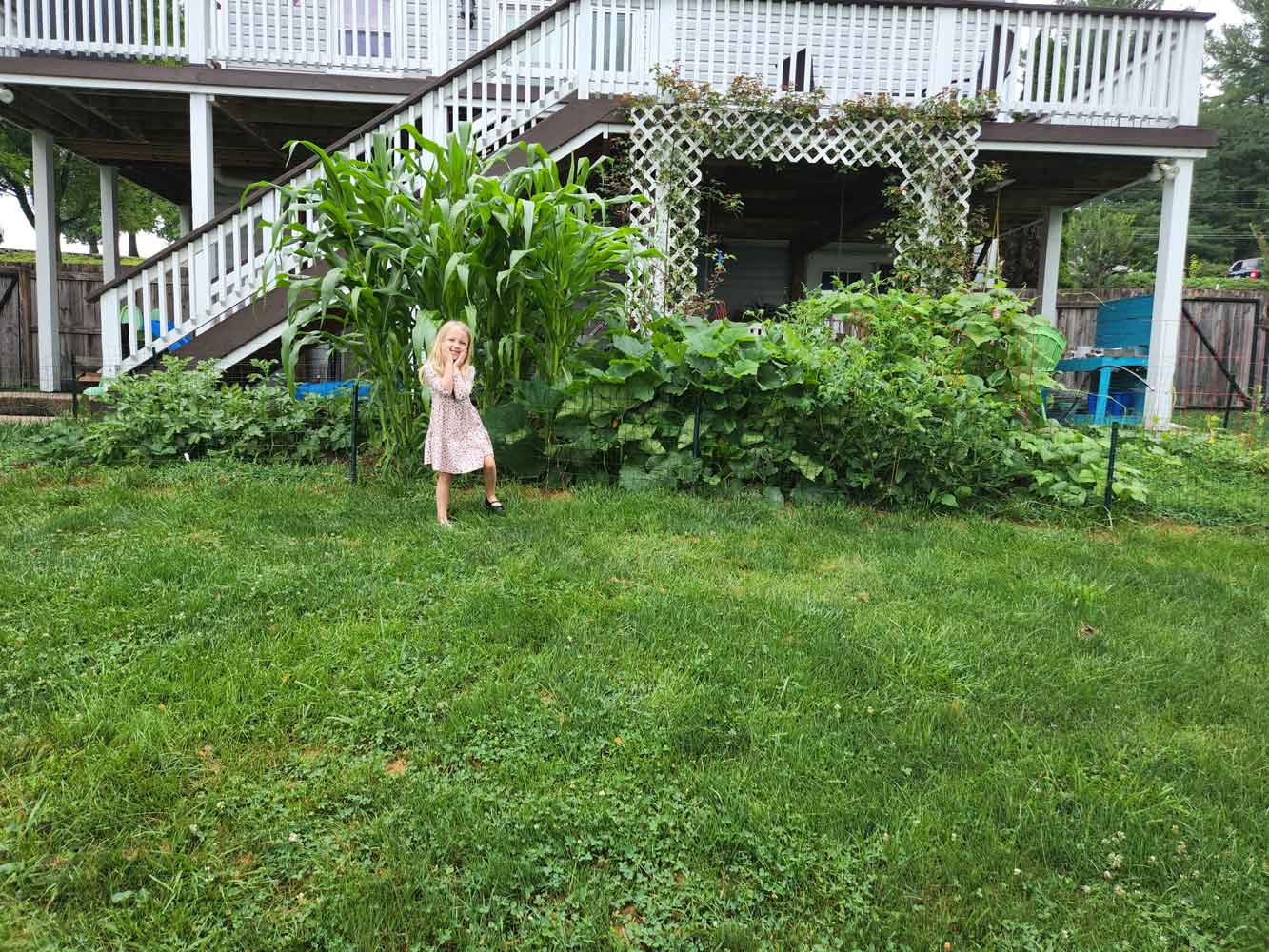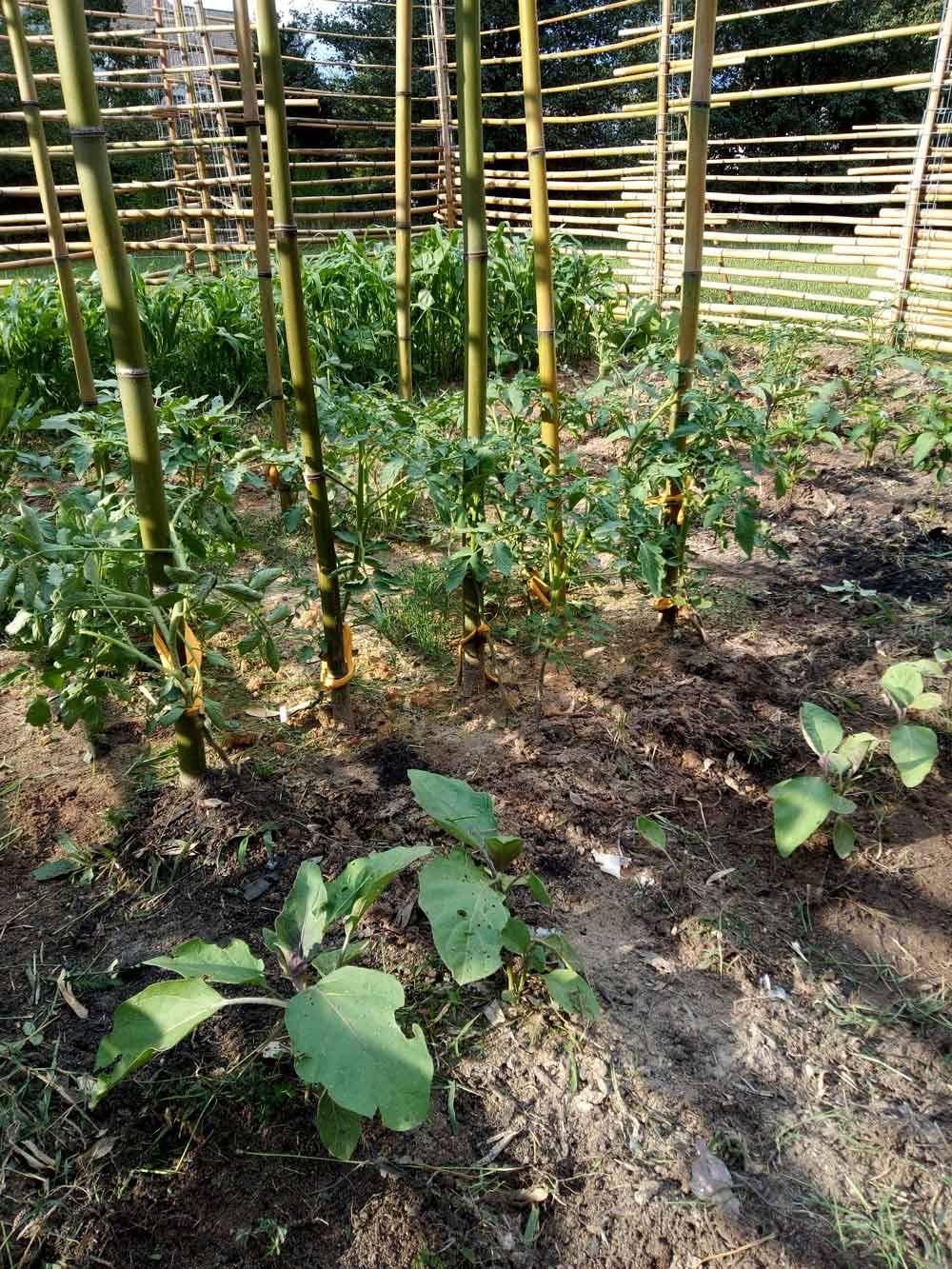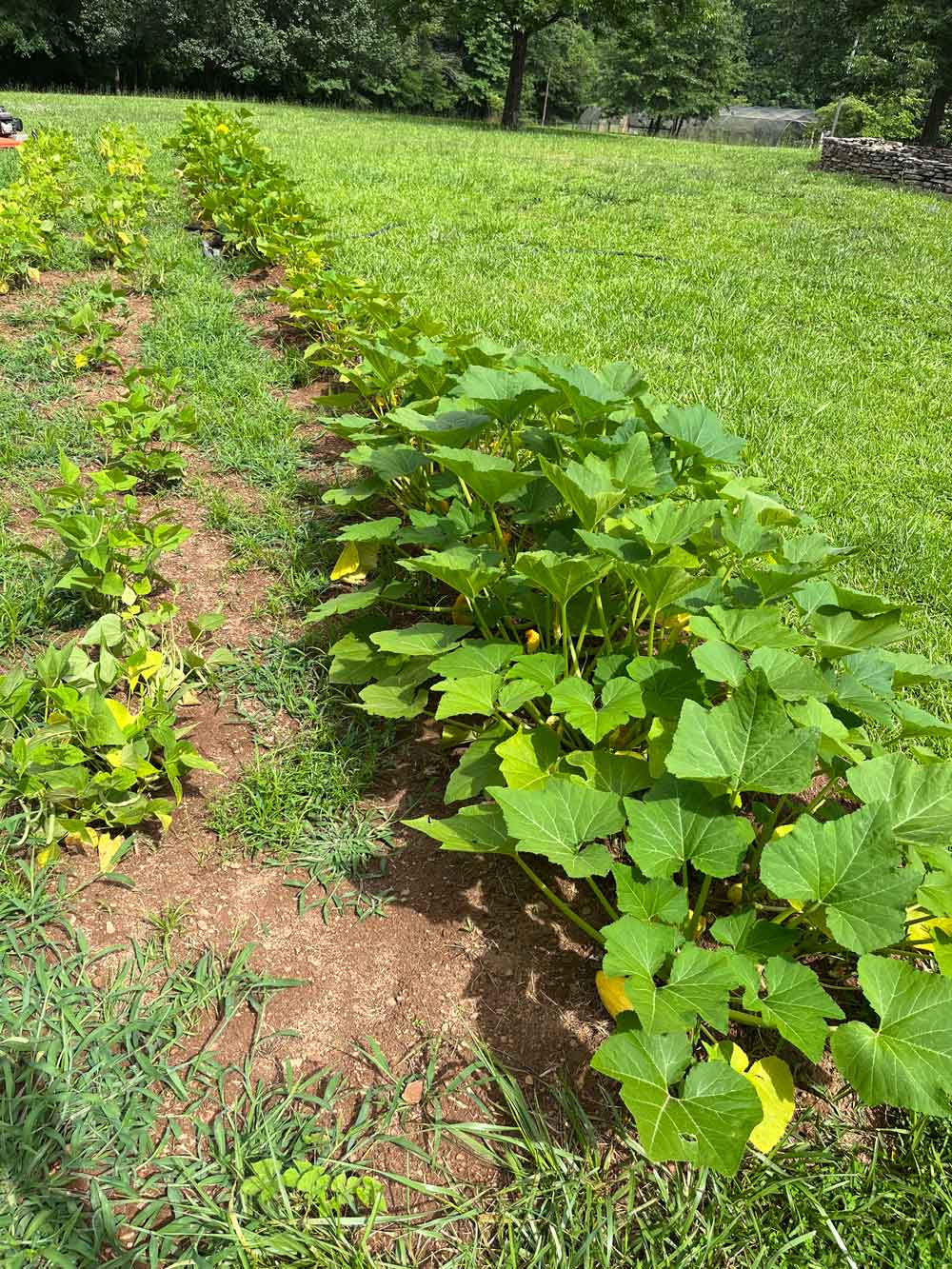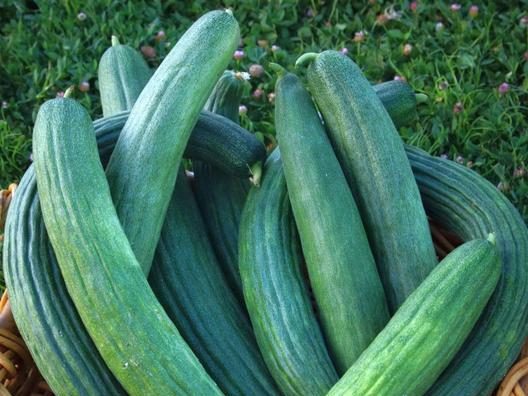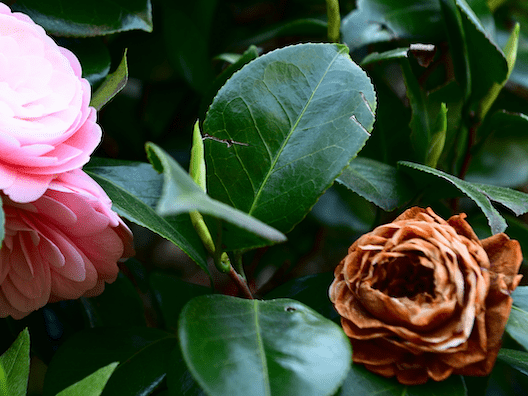About Bush Beans
Clearly a favorite of most vegetable gardeners, bush beans are second only to tomatoes as the most popular vegetables in home gardens! Bush beans can be broken down into three types: snap beans (where the pods are eaten), green shelling beans (where the beans are eaten green) and dry beans, (where the beans are dried and then rehydrated before eating). They do not grow on vines, but instead on shrub-shaped plants that can stand without support. Bush beans are easy to grow and are a favorite because of how prolific their production is, producing pods after just six or seven weeks.
When to Plant Bush Bean Seeds
Bush beans should be directly sown in the spring when soil reaches 65 to 75°F, and there is no longer a risk for frost. Bush beans are determinate, meaning they grow to a certain size, about two feet tall, blossom, turn out a single harvest of beans, and then die. If you want a large crop to be ready almost all at once for canning or freezing, sow all of the seeds at the same time. If you want a higher, continuous yield throughout the season, you can have a succession of plantings with increments of 10 days, for example.
Where to Plant Bush Bean Seeds
Bush beans are very simple to grow; they do well in most gardens and in many soil types. Bush beans can grow in the garden or in a container. Because they grow during the summer heat with plenty of warmth and sun, mulch around the base of the plant to help retain a consistent moisture level (and prevent competing weeds from forming). Bush beans will stop flowering if put under the stress of drying out; a consistent watering schedule is required. Bush beans need to be planted in well-draining soil.
How to Plant Bush Bean Seeds
Prepare the beds by amending them with compost and organic material so that you have loose, well-drained soil. Beans grow best in temperatures between 50 to 85°F, in full sun. Planting too early when the weather is wet and cooler than 55°F may cause your bean seeds to rot. Sow your bush beans 1 inch deep and 4 to 6 inches apart, with rows 18 to 24 inches apart. Beans have fragile roots, making transplanting them difficult. Direct sow when the soil is warm enough. Drip watering is better than overhead watering to prevent disease and fungus from setting in. One benefit of growing bush beans is you do not have to worry about crafting a supportive trellis.
If your soil is decent, you will not need to use fertilizer because beans will actually add nitrogen to the soil as they grow. If you feel the need to fertilize, choose one low in nitrogen. (The three numbers on fertilizer are Nitrogen-Phosphorus-Potassium, so make sure the first number is low or 0.) Beans produce nitrogen and will restore nitrogen-deficient soil. Bush beans have many vegetable friends but no real foes, which makes them easy to fit in just about anywhere in your garden.
How to Harvest Bush Beans
Harvest bush beans 50 to 60 days after sowing when pods are about 3 to 5 inches long and before you see the outline of the beans inside. Harvest in the early morning when bush beans have a higher sugar content, which translates to better flavor. A mature bush bean feels smooth, firm, and crisp. Avoid waiting too long when you can see the shape of the bean bulging within the pod. These beans will have a tougher taste.
For use as dried beans, allow beans to dry on the vine for weeks after normal harvesting time. Pull the entire plant out from the soil and shell beans over a large table or tray. If you are growing bush beans for multiple years in a row, rotate your planting area yearly. This will help prevent any soil-borne diseases from killing the beans as seedlings.



